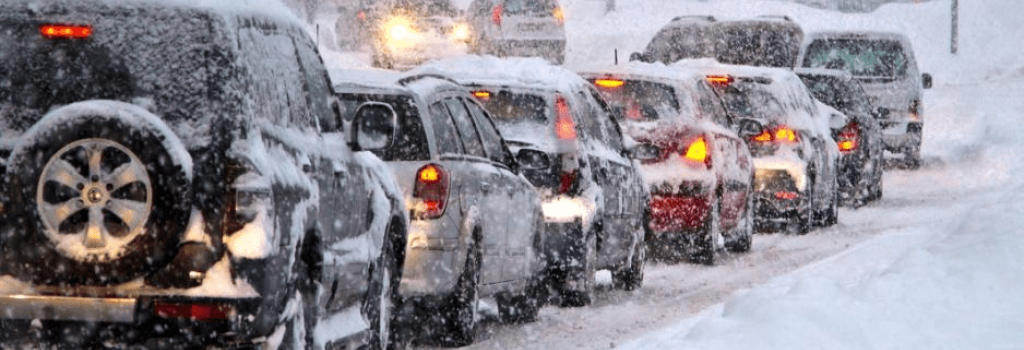Winter Driving Tips
Posted by LStevenson
on

We’ve got a few tips to help you avoid being ‘top to toe in tail lights’ this winter and help make sure you arrive safely at your destination.

Try to plan in advance
With the roads likely to be more congested and the risk of adverse weather, you’re likely to need more time for your journey. Stay informed and check your route before you set off. You can use the Met Office to stay up to date with weather warnings, and mobile apps such as Google Maps and Waze to keep an eye on the traffic.If you can, travel outside of peak times
Try and travel early in the morning or after the evening rush hour, as long as the weather is suitable to do so. If you have to travel in peak times, consider an alternative route away from the main roads. Don’t forget to take a break every couple of hours.
Check your car before setting off
A few quick checks are always a good idea before any long journey, but especially important at this time of year when the weather can be unpredictable. We’d recommend checking:- Tyres – Tread and Pressure
- Windscreen wipers
- All lights work
- Oil and antifreeze/coolant
Have you got an essentials pack?
This should include things like a torch, a blanket and warm clothes, food and drink, first-aid kit, spade, warning triangle, and high-visibility vest. A CD or iPod with your favourite songs is optional!

Ensure your car is thoroughly defrosted before leaving
Using credit cards or CD boxes to scrape the windscreen can take more time, and could even scratch the glass. Another tip is to not pour hot water on the ice as the rapid increase in temperature could cause the glass to crack. Instead, use deicer spray and an ice scraper.
Dipped headlights
If the weather is causing poor visibility, you should put these on to make sure other drivers can see you, but avoid using your beam or rear fog light (unless it’s actually required) as they can dazzle other drivers. The Highway Code states that drivers must turn headlights on when visibility reduces to less than 100m, so make sure you can see and be seen.Think about your stopping distances
These are increased when the weather is wet or icy – it can take double the time to stop in wet weather, and up to ten times to stop in icy weather. You can check the timing by watching when the car in front of you passes a fixed object, such as a lamppost, and counting the seconds it takes you to reach that object. Saying ‘Sheilas’ Wheels’ between the numbers is roughly 1 second!
